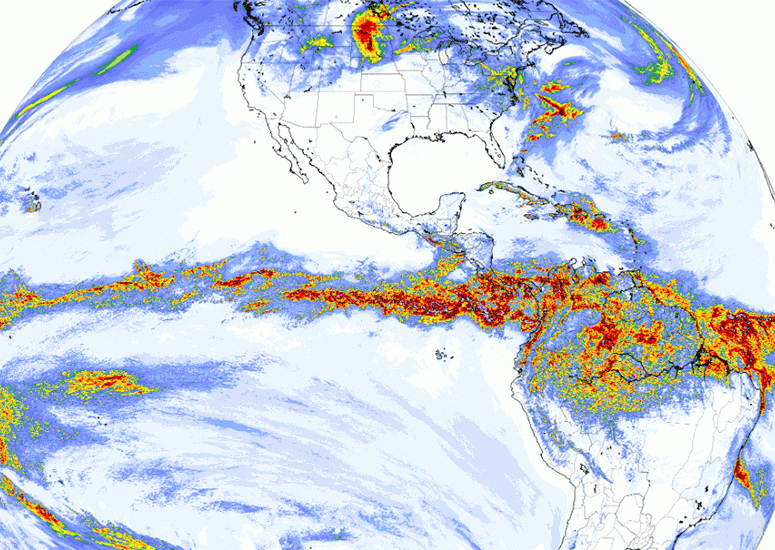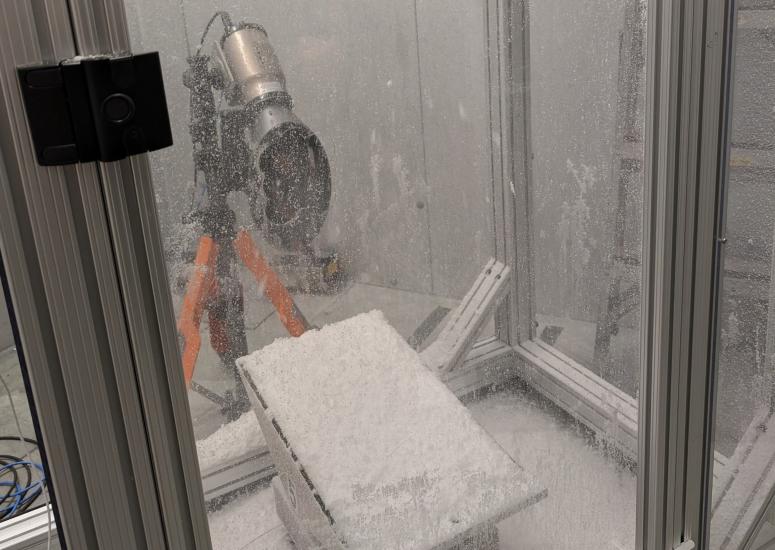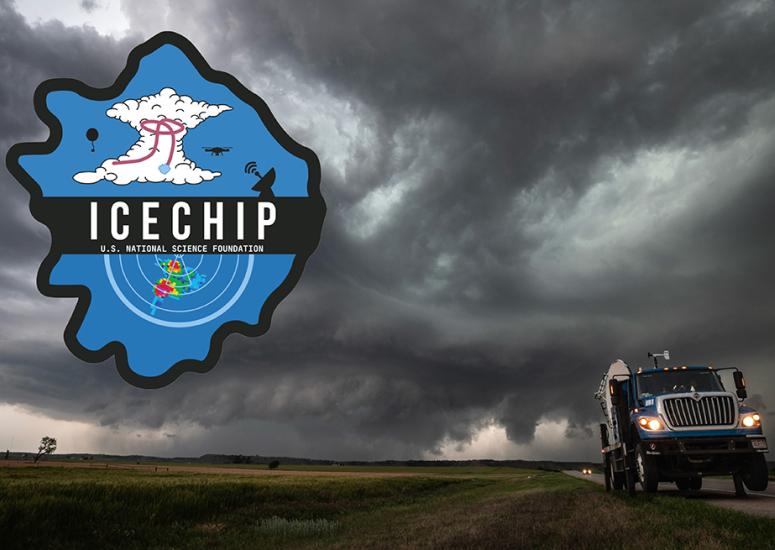-
Jothiram Vivekanandan named honorary fellow of the Indian Meteorological Society
An expert in polarimetric, dual-wavelength, and phased array radar technologies, Vivekanandan has collaborated extensively with Indian scientists to advance understanding of monsoon precipitation.
- Organization,
- Weather
-

Boulder’s winds aren’t what they used to be
Peak wind gusts in Boulder and across the Front Range have weakened in recent decades, causing less damage.
- Weather
-

Scientists launch experimental worldwide forecasts in unprecedented detail
NSF NCAR is running experimental 3-kilometer global forecasts, capturing weather around the world in remarkable detail.
- Weather
-

Let it snow . . . indoors
Researchers at the U.S. National Science Foundation National Center for Atmospheric Research (NSF NCAR) have developed an innovative tool for reliable, year-round testing to evaluate the performance of aircraft deicing fluids in snow conditions.
- Weather
-

Largest U.S. Hail Study in 40 Years kicks off in Boulder
Members of the public are invited to attend a hailstorm field day that will kick-off the In-situ Collaborative Experiment for the Collection of Hail In the Plains (ICECHIP). ICECHIP is the first U.S. hail-focused field campaign in over 40 years. For six weeks, researchers will chase hailstorms in order to collect data that will be instrumental in advancing hail detection, improving forecast models and strengthening public warning systems.
- Education + Outreach,
- Weather
